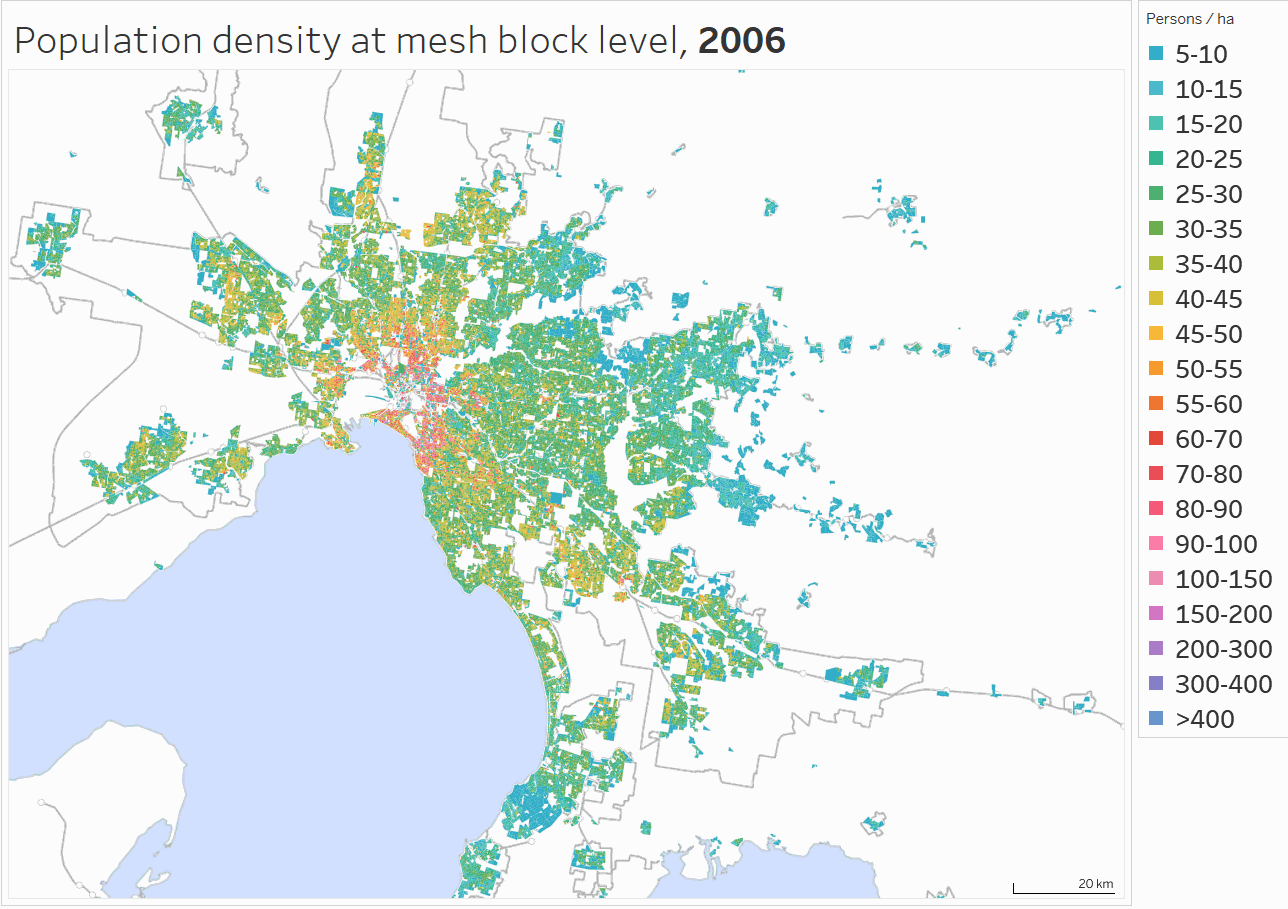Jello_B
Norm Smith Medallist
- Mar 2, 2014
- 5,586
- 4,611
- AFL Club
- Port Adelaide
This doesn’t make a lot of sense and apologies I don’t mean to be rude. I’ve bought multiple places and I get the market. I still think buying should be good reasonable value for people to want to invest. I don’t think regularly employed people should be priced out of decent areas.You paint a bleak picture, and a pretty undesirable one.
I guess its a mindset question, why buy in the first place?
How do you think housing should be valued? If you think demand / supply and you are happy with 10% yoy growth based on immigration levels / low interest rates / allowance of overseas investment / easy credit are you happy with -10% growth for the inverse.
To be clear I’m happy with my method, and I’ll work with demand / supply.







 . All times AEDT (GMT +11).
. All times AEDT (GMT +11).
